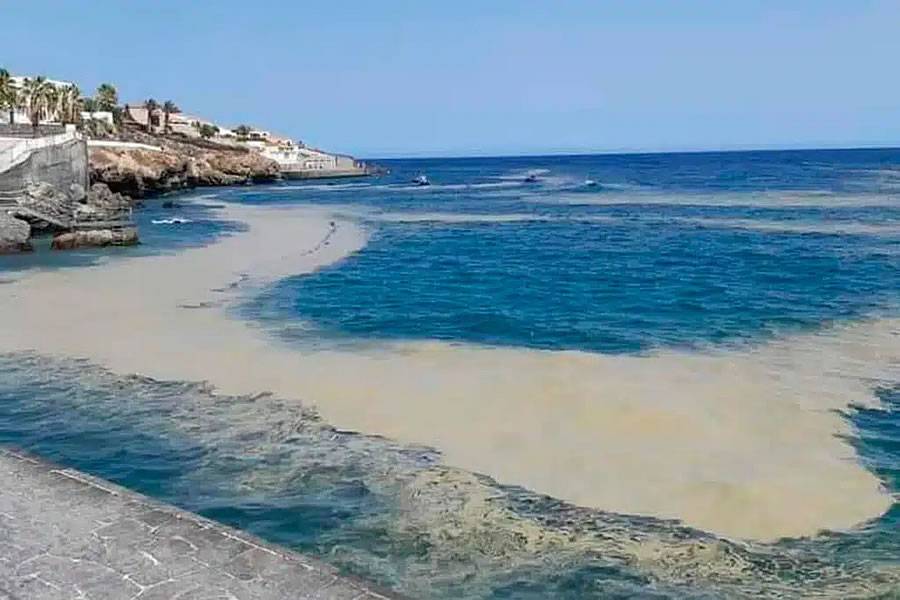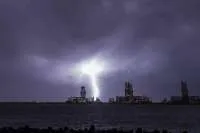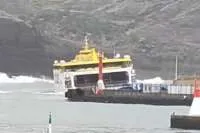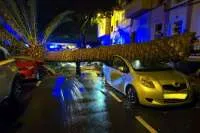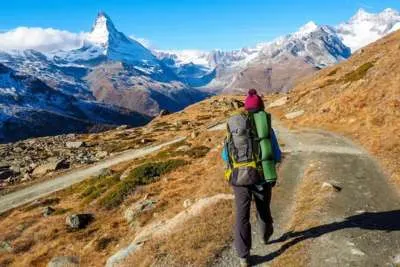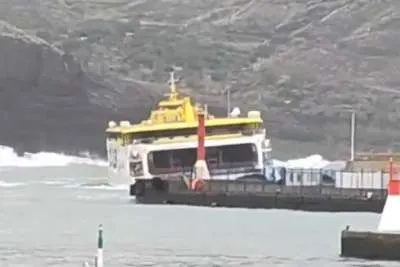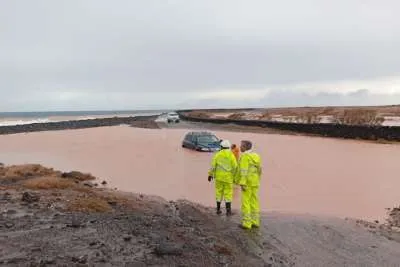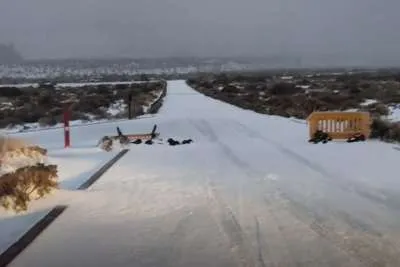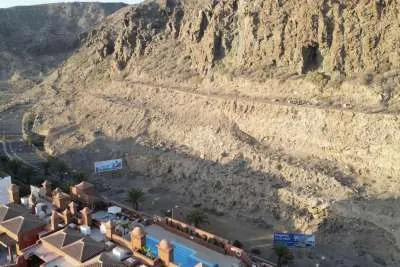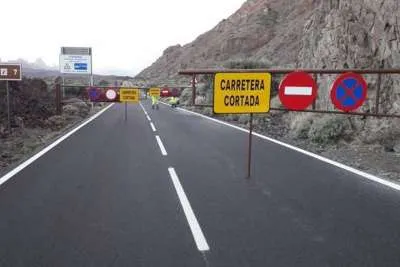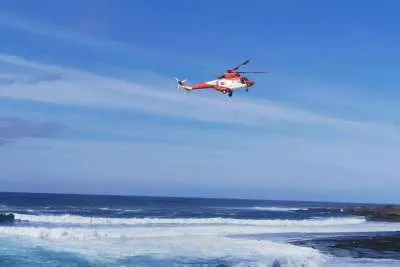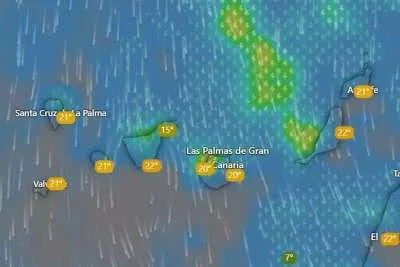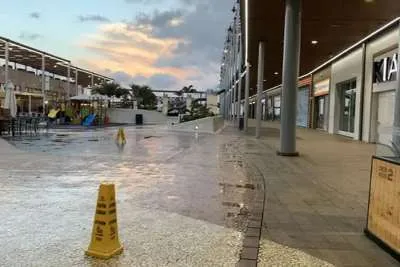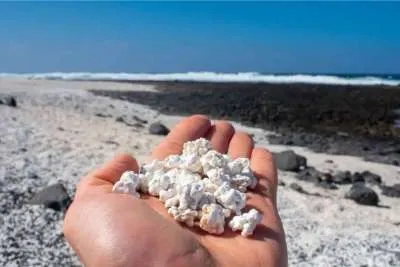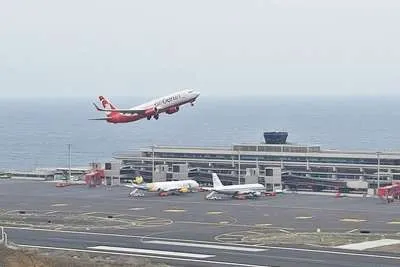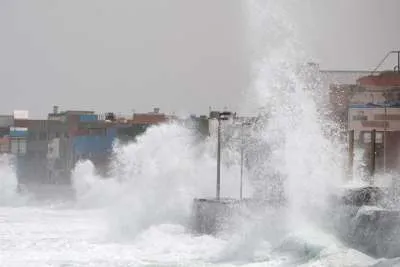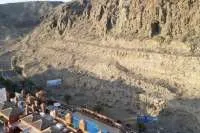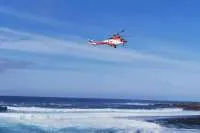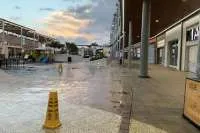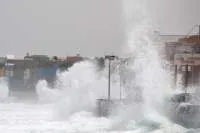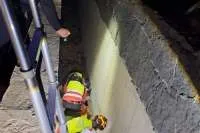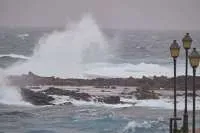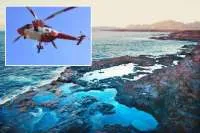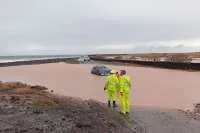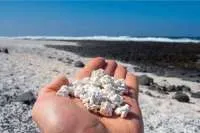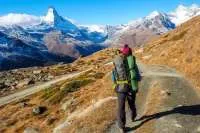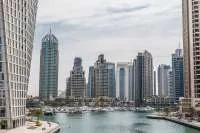Experts say the Canaries must learn to coexist with microalgae
- 14-09-2023
- National
- Canarian Weekly
- Photo Credit: Stock image
The Canary Islands will have to "learn to coexist with microalgae”, whose massive arrival on the archipelago's shores is becoming increasingly common due to the global warming of the Atlantic Ocean in the Macaronesia region. This is one of the conclusions reached by a team of scientists from the Institute of Sustainable Aquaculture and Marine Ecosystems (Ecoaqua) at the University of Las Palmas de Gran Canaria, the Institute of Mathematical Sciences (Icmat) of the CSIC, and the technology company Digital Earth Solutions (DES).
This team has developed a prediction system for the arrival of these microalgae patches on the Canary Islands' coasts with an advance notice of up to 72 hours. Between June and September, they have been documenting the appearance of massive blooms of Trichodesmium cyanobacteria in the coastal waters of Gran Canaria, as well as in Tenerife, La Palma, La Gomera, and El Hierro, and warn that the presence of these cyanobacteria may extend visibly until October.
In a statement, the researchers explain that this type of cyanobacteria is very common in subtropical and tropical areas, in waters with temperature ranges above 23 degrees Celsius.
Since the massive microalgae bloom episode reported in 2017, their presence in Canarian waters has become more frequent due to the global warming of the Atlantic Ocean, leading to a rise in temperature in this area.
Although swimming in their presence is not advisable, their appearance is positive for the environment as they absorb carbon dioxide, just like other plant communities, oxygenating the waters they inhabit and nourishing the rest of the food chain.
Professor Antonio González Ramos from Ecoaqua explains that the colonies, in the form of "capsules" (trichomes), surface when there is a "dead calm" in the sea and "disappear" with the wind, sinking and dispersing as they return to their unicellular form.
"The population will have to learn to coexist with them," says González Ramos. Therefore, when these blooms degrade and reach the coast, they form whitish "creams" (casparas) that release ammonia, which, in addition to generating unpleasant smells, can cause irritation upon direct contact.
This means that bathing on the beaches or specific sections where these blooms appear should be prohibited, similar to the measures taken when jellyfish blooms occur in coastal waters, the expert suggests.
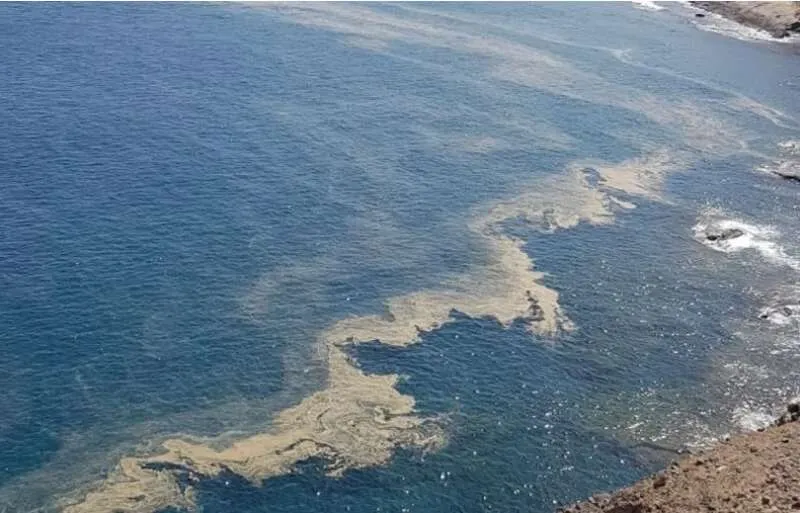
For the study, very high-resolution scenes from the European Sentinel 2A and 2B satellite constellation of the Copernicus environmental monitoring program were used. Different combinations of RGB (red, green, and blue) were made in each analysed image to identify the presence of cyanobacteria in various environmental scenarios.
Once the blooms were identified in satellite images, they were isolated from the rest of the scene and projected in space-time using hourly current fields obtained from the European Copernicus Marine System.
An advanced mathematical model developed by Icmat/CSIC, DES, and the Ecoaqua institute of the University of Las Palmas de Gran Canaria was used to predict "very accurately" the time and place of the arrival of cyanobacteria accumulations on the coasts within a 72-hour time frame.
Cyanobacteria blooms form large "patches" or "filamentous lines" of tens of kilometres in length, depending on the coastal dynamics at each geographical point on the islands.
In both cases, the system developed by this scientific team can detect and predict their hourly evolution, including possible detachments and subdivisions of the original forms obtained from satellite images.
So far, the massive arrival of cyanobacteria has affected many of the beaches located in the southeast and southwest of Gran Canaria, with reports of arrivals at Las Canteras coinciding with calm periods in the entire northern sector of the island.
In the western islands, it affected the southeast, south, and southwest of Tenerife, the east and south of El Hierro, the west of La Palma, and the entire south of La Gomera which covered an area of more than 100 square kilometres.
Other articles that may interest you...
Trending
Most Read Articles
Featured Videos
A Vision of Elvis Tenerife Promo
- 10-05-2025
TEAs 2025 Highlights
- 17-11-2025


